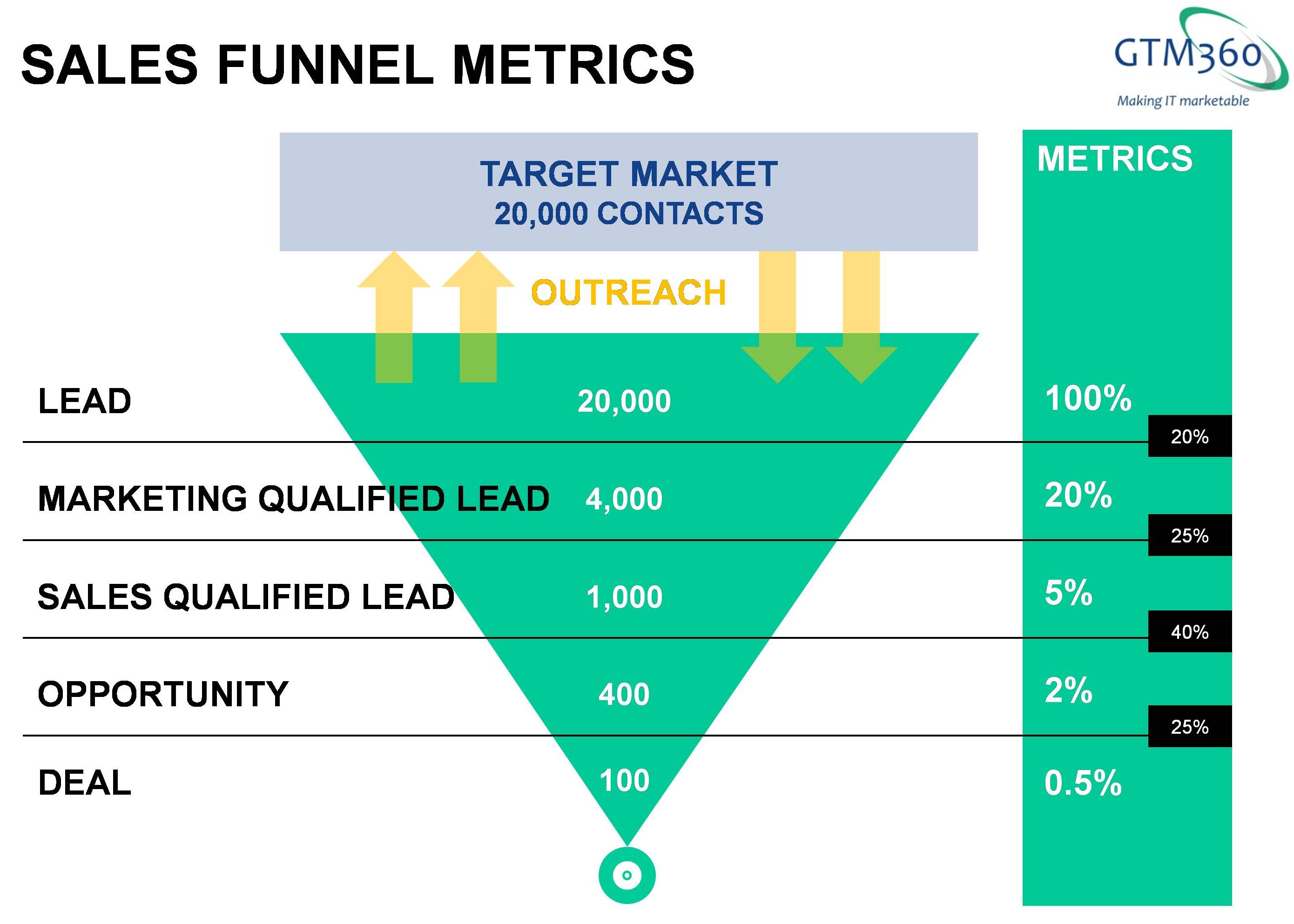 This blog post is about a controversial topic in B2B technology inside sales: Dial Volume. It will not endear me to Inside Sales folks.
This blog post is about a controversial topic in B2B technology inside sales: Dial Volume. It will not endear me to Inside Sales folks.
Nevertheless, since dial volume pushes the revenue needle, I decided to write it.
Cold calling remains an important part of business development in large ticket B2B technology products and services. Every cold call begins with a dial, which is the action of picking up the phone and calling a potential customer.
A dial results in one of the following outcomes:
- Wrong number (caused by poor list quality)
- Line is busy (can happen often if you’re calling the contact’s direct number but rarely if you’re calling the board number of his or her company)
- Call is attended by switchboard operator or contact’s secretary (Gatekeeper)
- Call is picked up by contact (Right Person Connect).
RPC is what SDRs are really after. The other three outcomes are largely wasted efforts. Therefore, it might be tempting to dismiss them as worthless and focus only on measuring RPC and other downstream metrics like appointments, proposals and orders.
However, that would be highly imprudent in the short term for more reasons than one:
- It takes 6-7 dials to get through to the right person
- Later stage outcomes take months to materialize
- Inside sales rarely owns proposals, orders and other stages at the bottom of the funnel.
Against this backdrop, Dial Volume provides a tangible way of measuring the performance of an inside sales organization in the short term.
Furthermore, dial volume can also serve as a canary in the inside sales coal mine.
At one of our customers, the dial volume was well below the industry average. When we dug deep, we found that the inside sales team was located in an open plan office that got noisy for a couple of hours every night. During this period, SDRs avoided making calls lest prospects on the other end of their calls be put off by the background noise. This was the right decision – under the circumstances. However, this “local maxima” solution caused a “global maxima” problem: Weak pipeline.
We intervened with the company’s top management and got the inside sales team moved to a closed office. With no more disturbance, the inside sales team started delivering much higher dial volumes. This resulted in a jump in RPC and lead volume, which led to a manifold increase in pipeline down the line.
We were able to make the midcourse correction in time – instead of six months later after noticing weak bookings – only because we proactively measured Dial Volume from day one of the campaign.
In closing, just as EPS is the only thing that counts at the end of the financial year, Dial Volume is the only thing that counts at the start of the financial year. Keeping a tab on it early on ensures that there are no surprises with appointments, deals, revenues and other metrics that are achieved during the course of the financial year.

